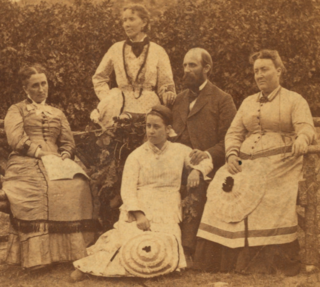
Polygamy was practiced by leaders of the Church of Jesus Christ of Latter-day Saints for more than half of the 19th century, and practiced publicly from 1852 to 1890 by between 20 and 30 percent of Latter-day Saint families.
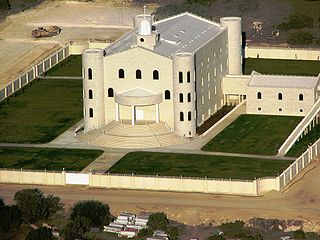
The Fundamentalist Church of Jesus Christ of Latter-Day Saints is a religious sect of the fundamentalist Mormon denominations whose members practice polygamy. It is variously defined as a cult, a sect, or a new religious movement.

Mormon fundamentalism is a belief in the validity of selected fundamental aspects of Mormonism as taught and practiced in the nineteenth century, particularly during the administrations of Joseph Smith, Brigham Young, and John Taylor, the first three presidents of the Church of Jesus Christ of Latter-day Saints. Mormon fundamentalists seek to uphold tenets and practices no longer held by mainstream Mormons. The principle most often associated with Mormon fundamentalism is plural marriage, a form of polygyny first taught in the Latter Day Saint movement by the movement's founder, Smith. A second and closely associated principle is that of the United Order, a form of egalitarian communalism. Mormon fundamentalists believe that these and other principles were wrongly abandoned or changed by the LDS Church in its efforts to become reconciled with mainstream American society. Today, the LDS Church excommunicates any of its members who practice plural marriage or who otherwise closely associate themselves with Mormon fundamentalist practices.

Warren Steed Jeffs is an American religious-cult leader and felon, convicted of several sex crimes and two assisted sex crimes involving children. He is the leader of the Fundamentalist Church of Jesus Christ of Latter-Day Saints, a polygamous cult. In 2011, he was convicted of two felony counts of child sexual assault, for which he is serving a life sentence.
The Latter Day Church of Christ (LDCC) or Davis County Cooperative Society (DCCS) is a Mormon fundamentalist denomination within the Latter Day Saint movement. The DCCS was established in 1935 by Elden Kingston, son of Charles W. Kingston, and in 1977 members of the DCCS organized the Latter Day Church of Christ. Media outlets often refer to the organization as the Kingston Group, and internally it is known as "the Order" or "the Co-op".

Rudger Clawson was a member of the Quorum of the Twelve Apostles of the Church of Jesus Christ of Latter-day Saints from 1898 until his death in 1943. He also served as President of the Quorum of the Twelve Apostles from 1921 until his death. For five days in 1901 he was a member of the First Presidency of the LDS Church.

Thomas Arthur Green was an American Mormon fundamentalist in Utah who was a practitioner of plural marriage. After a high-profile trial, Green was convicted by the state of Utah on May 18, 2001, of four counts of bigamy and one count of failure to pay child support. This decision was upheld by the Utah State Supreme Court in 2004. He was also convicted of child rape, on the basis that he had impregnated his wife Linda when she was 13. The wife in question was his stepdaughter before they were married; she was the daughter of his first polygamous wife. In total, he served six years in prison and was released in 2007.

The Mormon colonies in Mexico are settlements located near the Sierra Madre mountains in northern Mexico which were established by members of the Church of Jesus Christ of Latter-day Saints beginning in 1885. The colonists came to Mexico due to federal attempts to curb and prosecute polygamy in the United States. Plural marriage, as polygamous relationships were called by church members, was an important tenet of the church—although it was never practiced by a majority of the membership.

The Edmunds Act, also known as the Edmunds Anti-Polygamy Act of 1882, is a United States federal statute, signed into law on March 23, 1882 by President Chester A. Arthur, declaring polygamy a felony in federal territories, punishable by "a fine of not more than five hundred dollars and by imprisonment for a term of not more than five years". The act is named for U.S. Senator George F. Edmunds of Vermont. The Edmunds Act also prohibited "bigamous" or "unlawful cohabitation", thus removing the need to prove that actual marriages had occurred. The act not only reinforced the 1862 Morrill Anti-Bigamy Act but also made the offense of unlawful cohabitation much easier to prove than polygamy misdemeanor and made it illegal for polygamists or cohabitants to vote, hold public office, or serve on juries in federal territories.
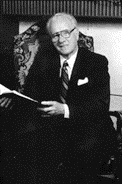
Owen Arthur Allred was the leader of the Apostolic United Brethren, a Mormon fundamentalist polygamist group centered in Bluffdale, Utah. He came to this position following the murder of his brother Rulon Allred on orders of rival polygamist leader Ervil LeBaron, in 1977.

The Short Creek raid was an Arizona Department of Public Safety and Arizona National Guard action against Mormon fundamentalists that took place on the morning of July 26, 1953, at Short Creek, Arizona. The Short Creek raid was the largest mass arrest of polygamists in American history.
Polygamy is the practice of having more than one spouse at the same time. Specifically, polygyny is the practice of one man taking more than one wife while polyandry is the practice of one woman taking more than one husband. Polygamy is a common marriage pattern in some parts of the world. In North America, polygamy has not been a culturally normative or legally recognized institution since the continent's colonization by Europeans.

Possibly as early as the 1830s, followers of the Latter Day Saint movement, were practicing the doctrine of polygamy or "plural marriage". After the death of church founder Joseph Smith, the doctrine was officially announced in Utah Territory in 1852 by Mormon leader Brigham Young. The practice was attributed posthumously to Smith and it began among Mormons at large, principally in Utah where the Church of Jesus Christ of Latter-day Saints had relocated after the Illinois Mormon War.

Joseph Smith, the founder of the Latter Day Saint movement, privately taught and practiced polygamy. After Smith's death in 1844, the church he established splintered into several competing groups. Disagreement over Smith's doctrine of "plural marriage" has been among the primary reasons for multiple church schisms.
Irene Spencer was an American author and a widow of Verlan LeBaron, brother of former prophet Joel LeBaron of the Church of the Firstborn of the Fulness of Times, a fundamentalist Mormon offshoot.
Nathaniel Baldwin was an American inventor and industrialist, known for his improved telephonic earphone, among other inventions. He was also a supporter of the early Mormon fundamentalist movement.
John Singer was a farmer in Utah who was killed in a stand-off with state government agents while resisting arrest.
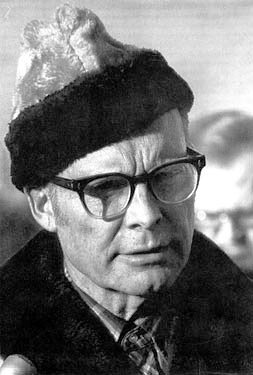
Ogden Wedlund Kraut was an American polygamist, author and publisher who became best known for his writings about Mormon fundamentalist topics. Kraut was an independent fundamentalist who never joined any fundamentalist group. He published his writings and other historical church writings through his Pioneer Press.
Alma Adelbert "Del" Timpson, was an American Mormon fundamentalist leader. He was involved with a number of Mormon denominations, including the mainstream LDS Church, followed by the Council of Friends, and eventually heading the Centennial Park group, a fundamentalist sect headquartered in Centennial Park, Arizona. In each denomination, he held positions of importance within the priesthood and leadership structures.
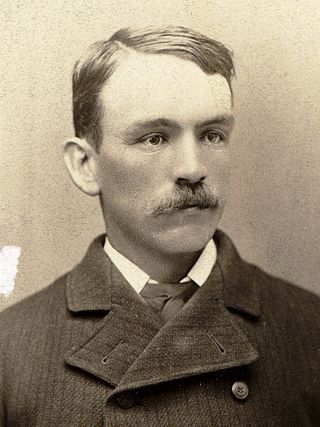
The Council of Friends was one of the original expressions of Mormon fundamentalism, having its origins in the teachings of Lorin C. Woolley, a courier and bodyguard for polygamous leaders of the Church of Jesus Christ of Latter-day Saints, who was excommunicated in 1924.










